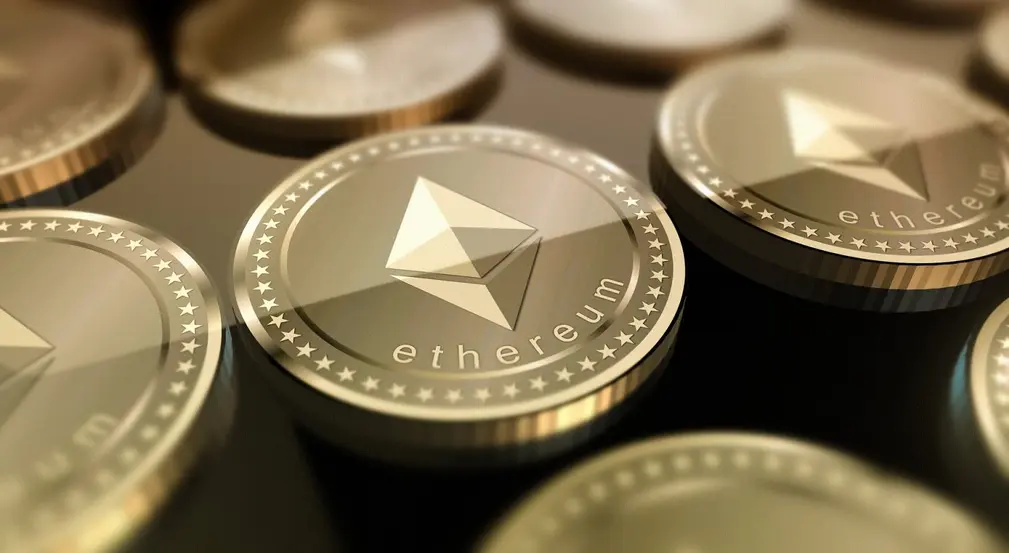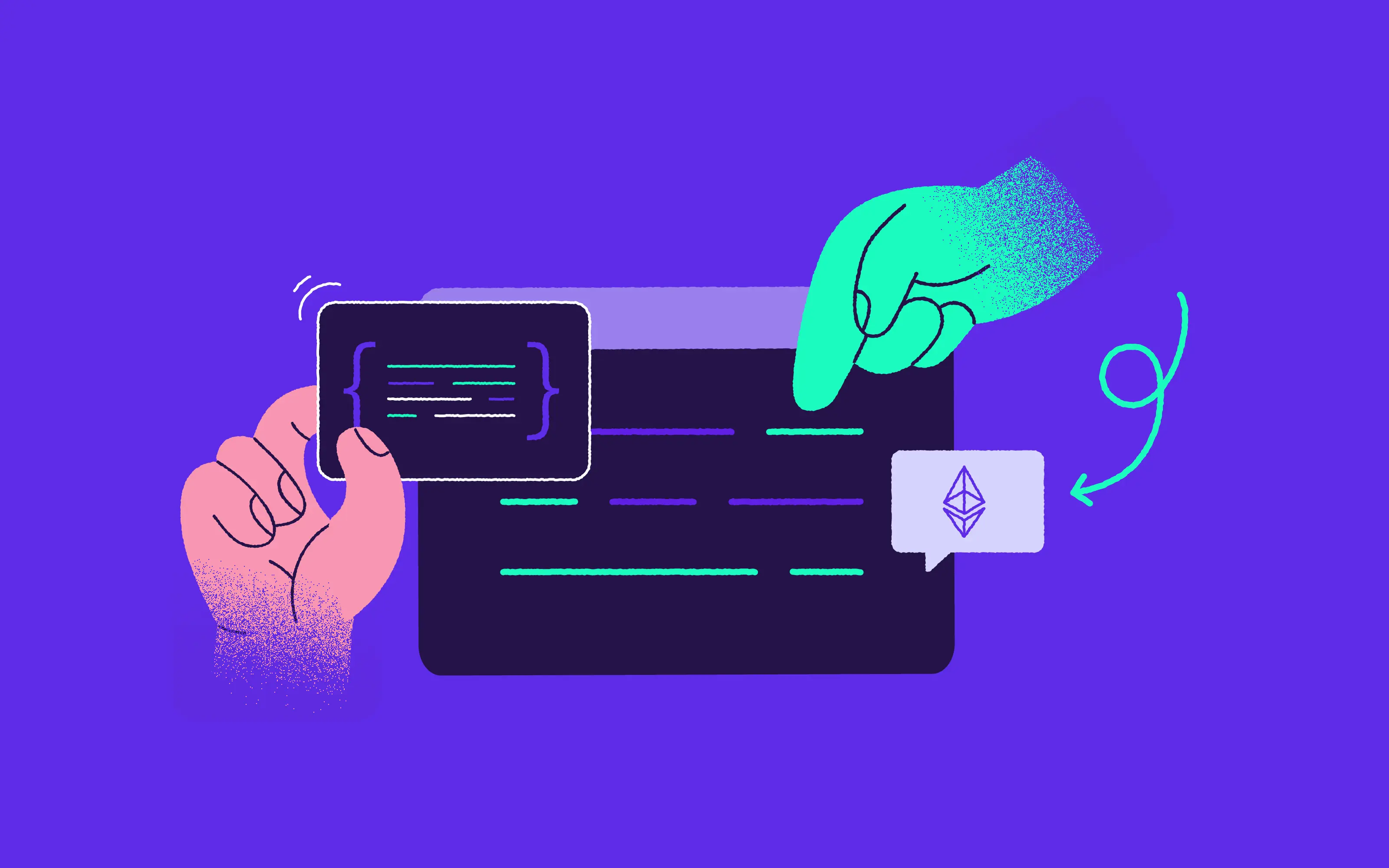
Since the inception of Bitcoin as the first P2P currency globally, it has become a conventional approach to exemplify digital assets on blockchain networks. Digital assets can either be protocol-based like Bitcoin or launched through smart contracts as fungible or non-fungible tokens. Either way, an immense pool of decentralized cryptocurrencies based in different blockchain networks exists today.
Getting these blockchain networks to conspire in such a manner as to enable trading or moving these tokens between distinct blockchains can be difficult, especially given that blockchain networks are a siloed ecosystem; and for a very legit reason.
Blockchains are designed to be self-contained to maintain the consent that backs the network's precision and security. As such, any blockchain interoperability system should be carefully implemented.
When it comes to tokens based on separate chains, there are two courses of events - trading a cryptocurrency on one network for another cryptocurrency on a different network, or representing a cryptocurrency on multi-blockchains, and transferring currencies from one blockchain to another. These two proceedings are different and should be executed in different ways. Lets look at the various strategies that can be used to move Ethereum across different blockchains.

Blockchain bridges
Despite the rapid growth of decentralized finance applications, blockchains are not interoperable. This limits them from achieving the promise of decentralization. Blockchain bridges solve the issue of blockchain interoperability by creating a connection that enables the transfer of tokens and data between different chains. In doing so, they bridge the gap between blockchains by allowing them to work together seamlessly.
But bridges bring a number of other benefits with them. They enable blockchains to share transaction speed, anonymity and give users the ability to buy different alt coins. The whole idea behind them is that they are there to get the advantages of other blockchains.
Ethereum can be moved across different blockchains through blockchain bridges. They make it possible for interoperability between considerably different chains, for instance, Bitcoin and Ethereum, and between a parent blockchain and its minor blockchain, generally termed as a sidechain.

Sidechain Bridges
A sidechain bridge connects a parent blockchain with its minor blockchain in contrast to bridges that link two completely different blockchains. A parent blockchain and its minor blockchain use diverse consensus protocols; hence a bridge is required to connect them. An example of a sidechain bridge is Ronin, created by the developers of the blockchain-based game Axie Infinity. Ronin's Ethereum-dedicated bridge allows users to deposit Ether, ERC20 tokens, and NFTs to a smart contract picked up by Ronin's validators and transmitted to the sidechain.
Sidechains will have a fundamental role in scaling the Ethereum network before the full launch of Ethereum 2.0 via rollups, a solution to batching out many sidechain transactions into one single transaction safeguarded by the mainchain. According to Ethereum co-founder Vitalik Buterin, the method will likely intensify the transaction flow rate 100 times over the upcoming months.

Advantages of blockchain bridges
Blockchain interoperability enables users to take advantage of each other's benefits without surrendering the benefits of the host chain. This has some advantages and applications:
- DeFi protocols: Blockchain bridges allow users to transfer crypto from a chain that holds tremendous importance but a few Dapps of its own. For instance, Bitcoin users can enjoy the benefits of DeFi by connecting with a more advanced DeFi ecosystem like Ethereum.
- Scalability: Bridges developed for massive transactions facilitate improved scalability. This is very vital given the congestion on the Ethereum ahead of the full launch of Ethereum 2.0.
- Efficiency: Blockchain users can send and receive small transactions efficiently and affordably. This enables a finer gaming and eCommerce experience.
A side chain can either run under distinct consensus rules or assume the security of its parent blockchain. Interoperability can either transfer cryptocurrencies, information, or even smart contract details across separate blockchains. Below are the main interoperability strategies used to move assets across independent chains:
Lock and Mint
In this strategy, the coins are not literally redeployed to another blockchain network. Instead, their functional capability is mobilized via a two phase procedure. First, these tokens are locked or frozen in the host blockchain network through smart contracts or another system if smart contracts don't correspond. Afterward, fresh tokens of equal value are generated on the receiver chain. If the user wants to retrieve their coins, the generated tokens are burnt, and the original ones are unfrozen. As such, the tokens cannot be used in any way on both chains simultaneously, maintaining the network's integrity.
An excellent example of a lock and mint decentralized bridge is the Ren Protocol. Many decentralized networks support the Ren Virtual Machine (RenVM), setting out consensus, the same way thousands of nodes back the Ethereum network. RenVM allows the transfer of a crypto asset from one chain to another without an intermediary. The protocol facilitates the transfer of Bitcoin, Bitcoin Cash, Zcash, and Dogecoin on the Ethereum network and Binance smart chain.
A more common interoperability solution than any other blockchain bridge is a centralized solution that enables Bitcoin users to take advantage of the Ethereum network. Through Wrapped Bitcoin (wBTC), BTC users can enjoy the benefits of the Ethereum network. What happens is, the user deposits a specific amount of BTC through third parties referred to as 'merchants' into a wallet under the control of a trusted (centralized) custodian, stores the BTC safely, and then mints wBTC of the same value on the Ethereum blockchain. The wBTC is of equal value as Bitcoin. Since the wBTC is an ERC20 token, it can be used on most Dapps on the Ethereum network. Projects such as imBTC and HBTC provide viable options for transferring value across blockchains.

Cross-atomic swaps
If you’re looking for a way to exchange different currencies directly between two peers, a cross-atomic swap might be the answer. This is a process in which two people are able to exchange one crypto currency for another, just like you would exchange regular currency at the bank. Here, the word ‘atomic’ is used because the swaps are ‘all or nothing’. For the protection of both of the parties involved, there cannot be a situation in which one person is able to control both coins simultaneously.
Cross-atomic swaps can happen between blockchains of different cryptocurrencies, and they can also take place off-chain. Since their first usage back in 2017, they have become increasingly popular. There are a number of startups and decentralized exchanges allowing the same technology, including Lightning Labs, 0x and Altcoin.io.
Plasma chains
If you’re looking to move assets between Ethereum and Matic, there are two bridges that you might use: the Plasma bridge and the Proof of Stake bridge. The Plasma bridge provides increased security guarantees thanks to the Plasma exit mechanism. However, it's worth noting that there are certain restrictions on the child token and a week-long withdrawal period associated with all exits from Matic to Ethereum on the Plasma bridge. If you’re looking for faster withdrawals and greeter flexibility, the Proof of Stake bridge might be more suited to your needs.

Asset transfer on L2 rollups
Layer 2 is the collective term used for the solutions designed to help scale apps through handling transactions off the first and main layer of Ethereum. You’ve likely heard of rollups. They’re off-chain aggregators of transactions inside an Ethereum smart contract. Their goal is to reduce fees and congestion by increasing the throughput of the blockchain. But they also provide a number of solutions when it comes to asset transfer.
Take the following scenario - you own funds in Arbitrum and you want to interact with the Optimism DeFi protocol. You’ll need to wait around for an exit and pay the gas fees that you’re due in order to transfer your funds from Arbitrum to Ethereum. Then you’ll have to once again pay the gas fees and bridge your funds to Optimism.
A solution might lie in zero-knowledge rollups, also known as ZK rollups, which bundle hundred of transfers off-chain and create a cryptographic proof called a SNARK. The ZK rollup contract maintains the state of all transfers on layer 2, and this state can only be updated with a validity proof. This means that ZK rollups only need the validity proof, instead of all transaction data. If you use a ZK rollup, you’ll find that validating a block is much quicker and cheaper because less data is included.

Using IBC of Cosmos or Polkadot to transfer assets
As its official website explains, ‘the inter-blockchain communication protocol (IBC) is an end-to-end, connection-oriented, stateful protocol for reliable, ordered, and authenticated communication between heterogeneous blockchains arranged in an unknown and dynamic topology.’ It can be used to build a wide range of cross-chain applications, which include token transfers, atomic swaps, multi-chain smart contracts (with or without mutually comprehensible VMs), and data and code sharding of various kinds.
Cosmos
Ever used Cosmos? Its apps and services connect using IBC. It is essentially an ecosystem of blockchains that can scale and interoperate with each other. Cosmos operates using a modular architecture formed of Hubs and Zones.
As the Cosmos site outlines, “Zones are regular heterogenous blockchains and Hubs are blockchains specifically designed to connect Zones together. When a Zone creates an IBC connection with a Hub, it can automatically access (i.e. send to and receive from) every other Zone that is connected to it. As a result, each Zone only needs to establish a limited number of connections with a restricted set of Hubs. Hubs also prevent double spending among Zones. This means that when a Zone receives a token from a Hub, it only needs to trust the origin Zone of this token and the Hub.”
It’s important to note that any kind of blockchain can be connected to Cosmos - the possibilities are endless.
Polkadot
Polkadot is a heterogeneous multichain with shared security and interoperability. It was designed as an underlying infrastructure to realize the kind of scalability, interoperability, and security that users needed to enable the multichain future, allowing diverse layer-1 parachains to interact and communicate with each other within the ecosystem. But Polkadot also allows parachains and external networks like Bitcoin or Ethereum to interoperate via bridges. Several bridges have already been developed or are currently being developed to connect Polkadot with such external networks. Because Polkadot was designed to minimize mediation in digital systems, trustless bridges are generally more widely used here. You can read more on the subject here.
Using asset-based blockchain
Stellar
Stellar is an open-source network for currencies and payments. Its prime selling point is that it enables the creation, sending and trade of digital representations or any currencies. In doing so, it allows all the world’s financial systems to work together on a single network. Anchors connect the Stellar network to traditional banking rails and empower the apps and services built on it to provide borderless access to financial infrastructure. Stellar prides itself on being owned by the public and runs across a decentralized, open network, relying on blockchain to keep the network in sync.
With Stellar, the important thing to note is that users can have something like synthetic assets - that is, you can trade tokens pegged to currencies from other networks or non-crypto goods. To find out more, take a look here.
Bottom Line
Blockchain interoperability through bridges enables enthusiasts to enjoy various blockchains' advantages without having to pick out networks. Besides helping take pressure off the Ethereum blockchain, blockchain bridges inspire innovation in other networks without setting a competitive mindset.



